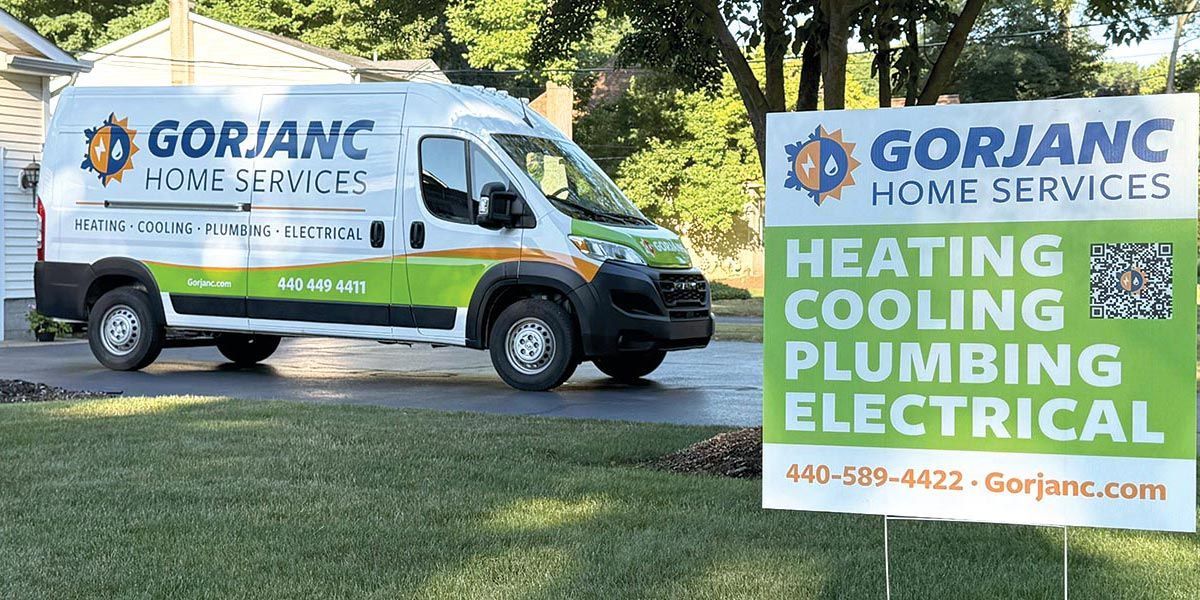How Cleveland’s Chilly Winters Keep Your Furnace Busy
Living in Cleveland, Ohio, means embracing cold winters that test both your endurance and your home’s heating system.
If you’ve ever wondered how often your furnace kicks on during those frosty months or how the local climate affects its workload, let us walk you through Cleveland’s heating season and what it means for your comfort.
Cleveland’s Heating Season: A 150-Day Challenge
In Cleveland, the heating season typically runs from November to March, spanning about 150 days. This period is defined by average daily temperatures dipping below 65°F, a threshold where most homes need consistent heat to stay comfortable. With roughly 5,500 heating degree days annually (a measure of how much heating is required), Cleveland winters demand a reliable heating system. January, with highs averaging 35°F and lows at 22°F, can feel particularly brutal, while even March keeps your furnace working overtime.
How Often Does Your Furnace Cycle?
Your furnace doesn’t run nonstop but cycles on and off to maintain your set temperature. On average, a furnace in a moderately insulated Cleveland home cycles 2 to 3 times per hour, or about 48 to 72 times per day. That’s based on typical run times of 10 to 15 minutes per cycle, with the system running around 8 hours daily during peak winter months.
Over the entire 150-day season, this adds up to approximately 6,000 cycles. But not every home is the same. Poor insulation, frigid wind off Lake Erie, or a thermostat set to a toasty 72°F can push that number much higher. In extreme cold snaps, some furnaces might hit 3 to 8 cycles per hour, especially in older homes or those with drafty windows.
What This Means for Your Furnace
All those cycles keep your family warm, but they also put significant wear and tear on your heating system. Frequent cycling can signal issues like a clogged filter or an oversized unit, leading to higher energy bills and more frequent maintenance needs.
At Gorjanc Home Services, we see firsthand how Cleveland’s challenging winters impact heating systems. A properly sized and maintained furnace runs more efficiently, saving you money while ensuring your family stays comfortable all season long.
How Your Lifestyle Shapes Your Furnace Use
Your heating system doesn’t just respond to Cleveland’s chilly weather—it mirrors your family’s lifestyle. Here’s how your daily choices influence those 6,000 winter cycles:
Work-from-Home Warriors
If you’re home all day, your furnace will run more consistently to maintain comfort, adding cycles compared to someone who’s away during working hours. An empty house can comfortably stay at 62°F during the day, significantly reducing runtime and saving money.
Night Owls vs. Early Birds
Love staying up late with the heat cranked? Your furnace works overtime. Shifting your thermostat settings down just 5°F during sleeping hours can trim daily cycles by 10-20%, extending system life while you rest comfortably under warm blankets.
Pet Parents
Keeping your furry family members comfortable might mean running the heat during times when you’d otherwise turn it down. This thoughtful choice for your pets could add hundreds of cycles yearly, but ensures everyone in your home stays cozy.
Hosting Habits
Frequent guests or big holiday gatherings (think Thanksgiving in Cleveland’s chill) can significantly impact usage. A house full of people actually generates additional heat, but you might crank the thermostat up beforehand, temporarily boosting cycles.
Vacation Planning
A week away with the system set to minimal heating slashes cycles considerably. A 7-day winter getaway could save 300+ furnace cycles while still protecting your pipes from freezing.
These lifestyle factors can adjust your total winter cycles significantly—up to 7,000+ for a busy, always-home household or down to 5,000 for families who travel frequently.
How High-Efficiency Furnace Technology Changes Everything
High-efficiency furnaces with modulating combustion and variable speed motors fundamentally and dramatically change the cycling equation.
Unlike conventional systems that constantly turn on and off at full blast, modulating furnaces can operate at capacities as low as 40% of their maximum output. This means they run longer at lower, more efficient settings rather than constantly cycling. A traditional furnace might run 15 minutes at 100% capacity then shut off completely, while a modulating system might run for 45 minutes at just 50% capacity, using less energy while maintaining more consistent warmth.
Variable speed motors complement this technology by gently ramping up and down rather than abruptly starting and stopping. These motors can operate at different speeds based on your home’s exact heating needs at any moment.
For Cleveland homeowners, this translates to:
- Dramatically Reduced Cycling: Sometimes by 60% or more compared to standard systems
- Near-Silent Operation: No more startling blasts of air when the system kicks on
- Consistent Temperature: Maintaining your desired comfort level within half a degree
- Significant Energy Savings: Often 25-35% less energy consumption during our harsh winters
These systems also filter your air more effectively since they’re running more consistently, creating a healthier home environment during winter months when windows stay closed.
Tips to Ease the Load on Your System
- Smart Insulation: Seal windows and add insulation to cut heat loss.
- Smart Settings: Lower the thermostat at night or when you’re out to cut runtime and reduce your energy bills.
- Maintenance Matters: Clean filters and schedule check-ups to avoid breakdowns that disrupt your comfort.
Your Next Steps for Winter Comfort
At Gorjanc, we understand smart homeowners like you want to experience the joy of a care-free, cozy home during Cleveland’s chilly season.
Whether you need regular maintenance, prompt service, or installation of a high-efficiency furnace, our team provides money-saving solutions you can trust, so you can focus on enjoying what matters most.






